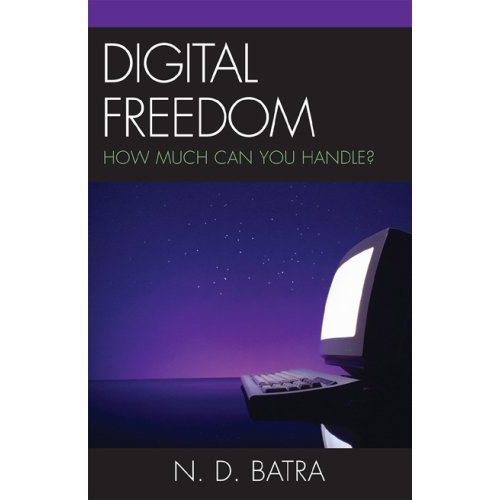Bullish In China Shop
China uses economic muscle to build global influence
From Times of India
N D Batra
China is using its growing trade power to enhance its global influence, especially in Africa, Latin America and Asia where it is perceived as an all-weather friend. Since opening up its economy in 1978, China’s foreign trade has been growing by leaps and bounds. In 2008, its foreign trade volume exceeded $2.56 trillion – 70 times more than what it was 10 years ago, according to the US-China Business Council. China has now become the world’s largest exporter, beating Germany, reported the World Trade Organisation.
To fuel its booming export-driven economic growth that has been averaging 9 per cent for more than two decades, China desperately needs to access, on a long-term basis and with accelerated pace, oil, minerals and other natural resources. No wonder it has been establishing listening posts, bunkering facilities at friendly ports and in some cases developing altogether new harbours to protect ocean routes and sea lanes to ensure an uninterrupted flow of goods and materials with its trading partners especially in Asia, Africa and the Middle East.
With $73 billion annual Sino-African trade, mostly with Angola, Equatorial Guinea, Nigeria, the Republic of Congo and Sudan, for example, China is Africa’s second largest trading partner next only to the US. African countries welcome China’s low priced manufactured goods, foreign direct investment as well as development aid for building railroads, dams, schools, roads, hospitals and fibre-optic networks with no strings attached, no human rights questions asked.
China makes resource-rich countries offers so attractive that they just cannot refuse. These offers are long-term trade and development opportunities bundled in benign aid packages that invariably include diplomatic support for authoritarian rulers, arms sale and, occasionally, debt forgiveness. Today, Chinese multinational corporations are engaged in scores of hydropower, oil, gas and mining projects in Myanmar. In March, China signed a $2.9 billion agreement with Myanmar for construction of oil pipelines for transporting crude oil from the Middle East and Africa via Myanmar to China.
After a savage victory over Tamil Tigers in a long-drawn-out bloody civil war that resulted in the death of around 70,000 civilians, Sri Lanka’s economic and diplomatic relations with China have seen a tremendous upsurge. Sri Lanka has granted China rights to develop an exclusive economic zone, the first for any foreign country. Recently, China signed two significant developmental projects worth $350 million with Sri Lanka for construction of the Colombo-Katunayake Expressway and the Hambantota Bunkering Project – a major part of the multibillion-dollar Hambantota Port Development Project substantially financed by China. China is building the $1 billion port to use it as a refuelling and docking base for its navy to patrol the Indian Ocean and protect its oil supplies from the Middle East and Africa. Since March 2007 when the Sri Lankan government signed the agreement, China has given it all the necessary aid including arms and diplomatic support to crush the Tigers.
Addressing a ceremony to mark the completion of the first phase of a power plant built with Chinese assistance, presidential advisor Basil Rajapaksa, younger brother of Sri Lankan president Mahinda Rajapaksa, called China “a major stakeholder” in the island nation’s reconstruction and development. Interestingly, the ceremony was attended by a group of Chinese Buddhist monks from the Shaolin Temple including its chief priest Ven Shi Yongxin. A statue of the Buddha, another gift from China, will be installed at the plant. Diplomacy is the art of persuasion by all available means, regardless of what China says about the Dalai Lama. Diplomatic relations elsewhere have not been that easy. Consider, for example, the announcement in August of the China-Australia $41 billion liquefied natural gas deal, which highlights China’s economic importance to Australia. A month earlier the Chinese government had cancelled a scheduled visit by vice-minister He Yafei to Australia in protest against Canberra’s decision to grant a visa to the exiled Uighur leader Rebiya Kadeer, who lives in the US and was scheduled to appear at the Melbourne international film festival and the National Press Club. Australia did not buckle under Chinese pressure, but it trembled in fear.
The point is that, as China pursues its trade-driven diplomacy, it simultaneously strives for other vital national interests whether it’s Taiwan, Tibet or Xinxiang. Whatever it takes, naked bullying or tremendous buying muscle, China will not hesitate to intimidate others to submission. The case of Rio Tinto, a British-Australian mining giant, is an instructive example. When state-owned Chinalco’s plan to acquire a major stake in Rio Tinto was blocked by public hue and cry, the Chinese government cried foul and accused some of the latter’s executives of spying (the charge later changed to bribery). Rio Tinto’s Shanghai-based executive Stern Hu was arrested along with three others. Australia, like India, remains befuddled about how to deal with China, which uses massive bargaining power not only to have the best trade deals but also to advance its global diplomatic agenda, which is cultural, territorial and hegemonic.
The writer is professor, communications and diplomacy, at Norwich University, US.
Thursday, October 15, 2009
China's Global Economic Diplomacy
at Thursday, October 15, 2009 Posted by Narain D. Batra
Subscribe to:
Post Comments (Atom)

No comments:
Post a Comment